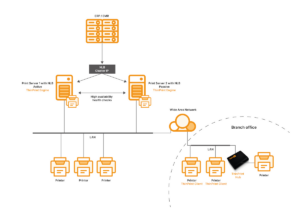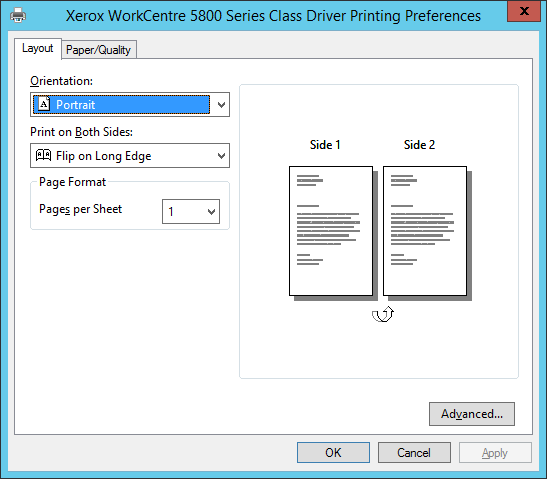Best Practices: Thin Client Printing using RDP or ICA/HDX
Have you bought or plan to buy thin clients using Microsoft Remote App, Microsoft RDSH (Terminal Server), VDI or Citrix XenDesktop, Citrix XenApp? Have you considered how your users would be able to print? Well that’s what ThinPrint is here for.
In this article we show you how to realize thin client printing with ThinPrint. We give you tons of options for the best fit into your environment.
The ThinPrint Client is integrated or ready to install on almost all leading thin clients out there on the market. For a list of supported devices click here.
While in-house printing is usually not a problem, it turns into quite a challenge for remote locations and branch or home office users. The following scenarios show you just how this problem is solved quickly and easily with ThinPrint.

We give you tons of options for the best fit of ThinPrint into your environment. For by far the most versatile way, you can jump all the way down to the end of this article.
What if the devices you have or plan to use don’t have ThinPrint support for RDP or ICA ?
No worries, you can use RDP, ICA/HDX for your sessions and print via TCP/IP. In this scenario, you can still print via ThinPrint using TCP/IP outside the virtual channel – even from a Terminal Server or with Citrix XenApp.

TCP/IP printing is also possible in scenarios where you do not use a ThinPrint Client on a thin client, but instead use a ThinPrint Client on the printer or on a local print server.

We recommend a dedicated central print server for many reasons. The most important reason is to keep as much of the printing process off the RDSH, including the printer drivers. While users connect to their sessions via RDP or ICA/HDX, the print workflow is routed from the application to the central print server. On the print server, the print job is rendered and then transferred to the remote location via TCP/IP and optimized by ThinPrint.
What if you do have thin clients or printers in remote locations that you cannot target by IP address?
If you have masked networks e.g. because you are printing over the internet to remote locations, then this is where the ThinPrint Secure Tunnel really comes into play. It establishes a print connection from the client side, and vice versa. If required, it also encrypts print jobs. We recommend using the ThinPrint Hub as a ThinPrint client in this special scenario.
The print server and thin client don’t need to be visible to each other. This makes it ideal for the DMZ and multiple firewalls.

Best of breed: thin client printing
The most versatile option is the ThinPrint Hub. A small piece of hardware, it is simply added to the local network. There is no limitation to the amount of network printers you can connect to it (additionally 4 USB printers can also be connected) and of course this works with any thin client. It’s configured with just a few clicks and is virtually maintenance free. You can even group two ThinPrint Hubs per location to create load balancing and Failover. The ThinPrint Hub also supports the secure tunnel mentioned in the scenario above. Printing to remote locations doesn’t get any better or easier than this.
Bottom line
ThinPrint enables you to print with almost any thin client and gives you a range of options to set things up, meaning that ThinPrint can fit perfectly into your network and fulfill your requirements. If you’ve got any questions about, simply contact us.





